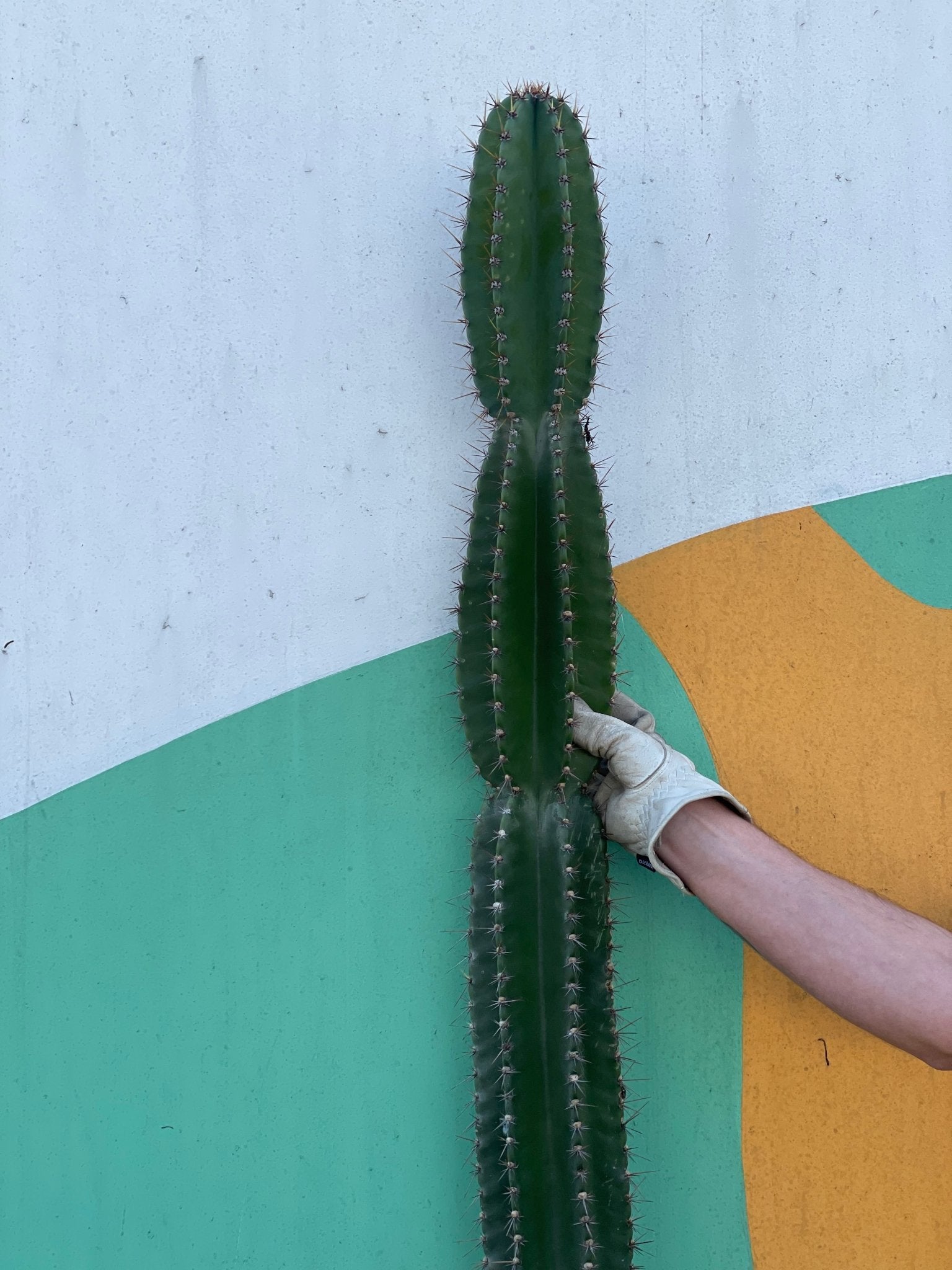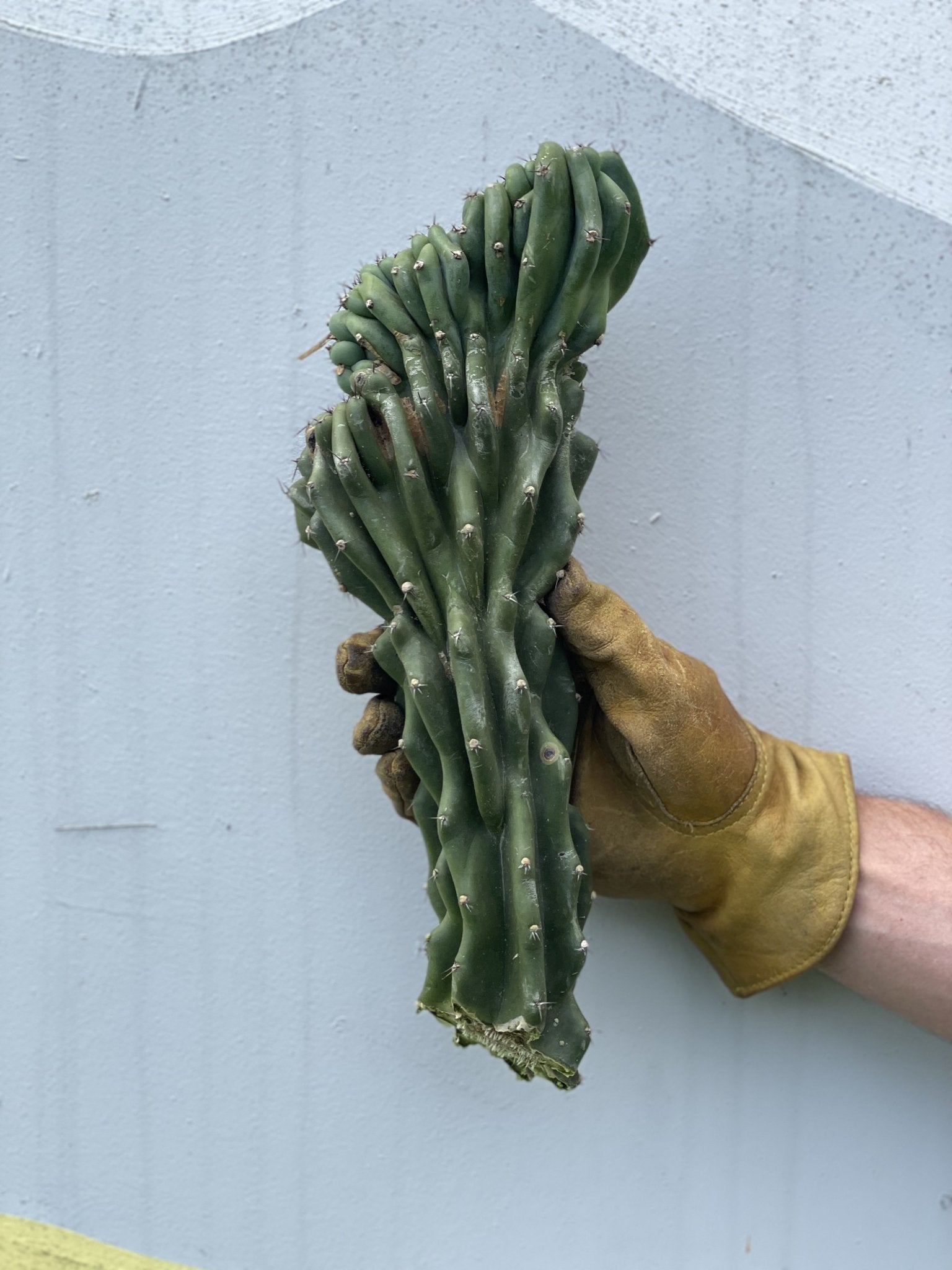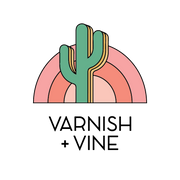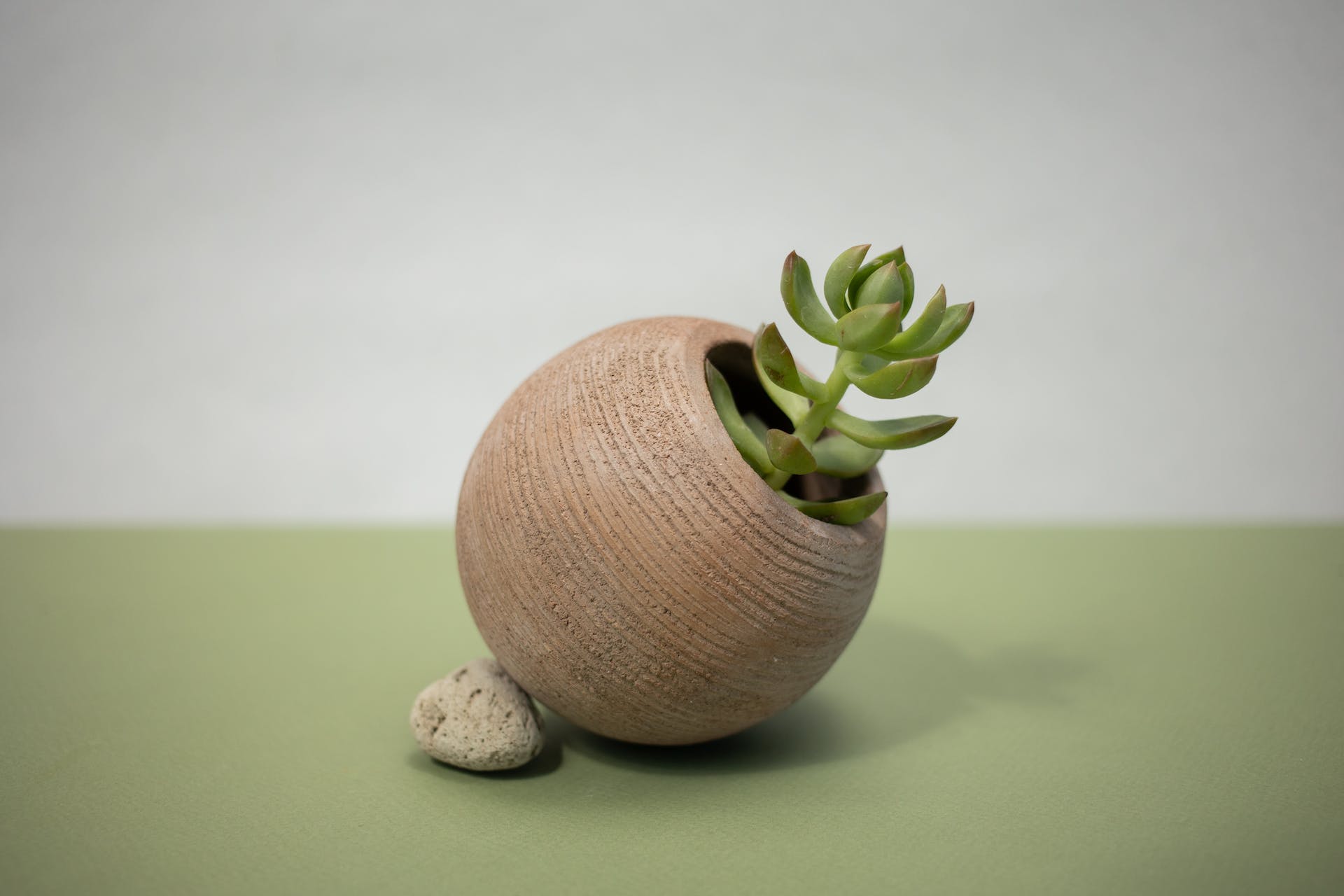In the delightful world of succulents, the Jade plant, known scientifically as Crassula ovata, holds a unique spot. It’s loved for its simple beauty and tough-as-nails resilience. Among the various types of Jade plants, Gollum Jade and Jade Hobbit are the stars of the show. They are the go-to choice for many due to their quirky looks and no-fuss care routine. Whether you're a seasoned plant parent or someone just starting out, these varieties are sure to catch your eye and win your heart.
The Gollum Jade and Jade Hobbit are like the cool cousins in the Crassula ovata family. They share the classic traits of a Jade plant, but each brings its own unique style to the table. Their distinctive appearances aren't just a treat for the eyes, but they also tell a story of their individual personalities. And the best part? They don’t ask for much in return. A little water, some sunshine, and they’re happy campers.
In this brief article, we’re diving into the captivating world of Gollum Jade and Jade Hobbit. We'll explore what sets them apart and what they have in common, helping you decide which one aligns with your plant aspirations. So, whether you’re looking to add a funky touch to your indoor jungle or just love learning about succulents, read on to discover the charm and characteristics of these two fabulous Jade plant varieties.
Crassula Ovata Varieties
Crassula ovata, a species cherished by garden enthusiasts, opens a realm of greenery that's adaptable to both indoor and outdoor scenarios. The Gollum Jade and Jade Hobbit, belonging to this species, are popular for their peculiar yet appealing aesthetics and minimal care demands. Despite their shared heritage, they present distinct characteristics in their appearance, growth tendencies, and care protocols, offering a diverse choice for cultivators.
Leaf Structure
Gollum Jade: The Gollum Jade captivates eyes with its intriguing tubular leaves, often earning the description of being "etiolated," or stretched. The tube-like foliage often culminates in reddish tips when basked in bright sunlight, lending an exotic, almost otherworldly demeanor to the plant. This unique leaf architecture not only stands as a visual delight but is a testimony to the plant’s adaptive strategies to conserve water, a trait inherent to succulents.
Jade Hobbit: Contrastingly, the Jade Hobbit showcases a softer leaf structure, where each leaf curls inward, reminiscent of a tiny shovel. Unlike the slender tubes of Gollum Jade, Hobbit’s leaves are flatter and broader, contributing to a bushy appearance. The curled leaves cast playful shadows, adding a whimsical charm to the spaces they inhabit.
Growth Habits
Gollum Jade: The growth habit of Gollum Jade leans towards the sky, embodying an upright growth pattern. This vertical orientation makes it a favorable choice for indoor spaces with limited horizontal expanses. Its tendency to grow upwards allows gardeners to cultivate a touch of greenery without compromising on floor space.
Jade Hobbit: Jade Hobbit, on the other hand, embraces a more bushy growth demeanor, spreading its leaves in a wider horizontal array. Its growth habit is commendable for gardeners aiming to cover broader areas with lush foliage. The Hobbit’s ability to spread out makes it a fitting choice for ground cover or to be potted in wide, shallow containers.
Aesthetic Appeal
Gollum Jade: The Gollum Jade is synonymous with architectural elegance. Its slender, tubular leaves and upright growth pattern resonate with modern and minimalist aesthetics. The plant's sophisticated demeanor makes it a perfect companion for contemporary spaces, adding a touch of green in a refined manner.
Jade Hobbit: The Jade Hobbit, with its playful leaf curls and bushy growth, injects a fun element into gardening spaces. Its traditional charm is a favored choice among individuals with a penchant for a more classic or eclectic aesthetic. The Hobbit’s whimsical aura can enliven garden beds or indoor pots, making it a versatile choice for various decor themes.
Care Requirements
The succulent nature of both Gollum Jade and Jade Hobbit classifies them as low-maintenance, yet their care routines bear slight differences.
Watering
Due to the slender structure, Gollum Jade's leaves store less water compared to the chunkier leaves of Jade Hobbit, necessitating a more frequent watering schedule, particularly during the growing season. It's essential to allow the soil to dry out between watering to prevent over-watering, a common mistake in succulent care.
Sunlight
Both these variants bask in bright, indirect sunlight, although they can adjust to partial shade. Gollum Jade, however, has a particular affinity for sun rays, showcasing a more pronounced reddish tint on leaf tips under ample sunlight, enhancing its aesthetic appeal.
Final Thoughts
The journey of exploring the Gollum Jade and Jade Hobbit reveals more than just the physical differences; it's about finding the variety that resonates with your personal aesthetic and space requirements.
Whether you are drawn towards the sophisticated allure of Gollum Jade or the playful charm of Jade Hobbit, both varieties are a testament to the delightful diversity within the Crassula ovata family.
The choice between the two ultimately boils down to personal preference but rest assured that there’s a Jade plant for every gardener to cherish. To learn more or order your very own Jade plant, be sure to head on over to Varnish and Vine.












Leave a comment